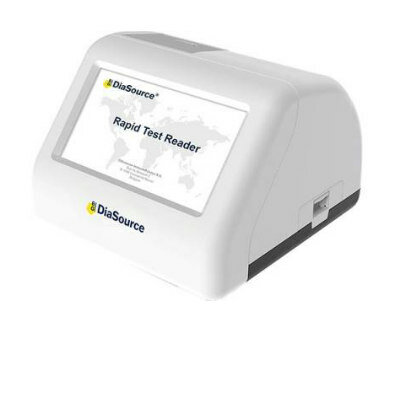Cardiac Hydrogel Delivered by Catheter Speeds Recovery in Porcine Heart Attack Model
By LabMedica International staff writers
Posted on 08 Mar 2012
A hydrogel derived from decellularized heart connective tissue was shown in both rat and porcine models to effectively aid in recovery from damage caused by myocardial infarction (MI).Posted on 08 Mar 2012
Investigators at the University of California, San Diego (USA) prepared a novel hydrogel from cardiac connective tissue that was stripped of heart muscle cells through a cleansing process, freeze-dried and milled into powder form, and then liquefied into a fluid. This substance was an injectable liquid at room temperature but turned into a semi-solid, porous gel at body temperature.
Rats were injected with the hydrogel or a saline control two weeks after having experienced induced MI. The implantation response was assessed via histology and immunohistochemistry, and the potential for development of arrhythmias was examined using programmed electrical stimulation one week after the injection. Cardiac function was analyzed with magnetic resonance imaging one week following the injection and four weeks following the MI. In the porcine MI model, the hydrogel was administered via a catheter.
Results published in the February 21, 2012, issue of the Journal of the American College of Cardiology revealed that injection of the material in the rat MI model increased endogenous cardiomyocytes in the infarct area and maintained cardiac function without inducing arrhythmias. Similar results were obtained in the porcine model, which demonstrated the feasibility of treatment by transendocardial catheter injection.
“It helps to promote a positive remodeling-type response, not a pro-inflammatory one in the damaged heart,” said senior author Dr. Karen Christman, professor of bioengineering at the University of California, San Diego. “Most of the materials that people have looked at have been tested in rats or mice, and they are injectable via a needle and syringe. However, almost all of them are not compatible with catheter delivery and would gel too quickly, clogging the catheter during the procedure.”
Related Links:
University of California, San Diego













